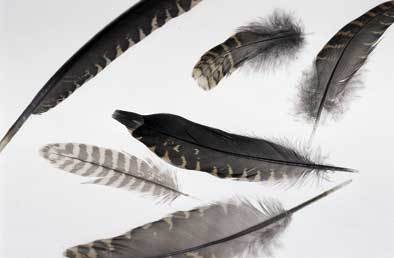Game Conservancy feather study

The Game Conservancy’s woodcock research is invaluable for our understanding of the species.
Dr Andrew Hoodless explains: “The main focus of our work at present is a better understanding of the origins of migrant woodcock. A novel technique based on examination of the relative proportions of the stable isotopes of hydrogen, carbon and nitrogen in feathers is showing promise for providing a ‘signature’ of the location where a bird was born or where it bred. We have now formed a partnership with the Office National de la Chasse in France and Queens University Belfast to study woodcock migration using this technique. We already have a large sample of feathers but progress is currently being hindered by a lack of sufficient funds. We hope to resume collecting samples in autumn 2006 and it is anticipated that we will need to continue the study for three winters to determine annual differences in migration patterns.
We are also aiming to initiate intensive work to better understand woodcock survival and breeding success in conifer plantations. Our 2003 survey of breeding woodcock, in conjunction with the British Trust for Ornithology (BTO), gave a population estimate of 80,000 birds for Britain, which is approximately double the population size given in the BTO’s New Atlas of Breeding Birds 1988-91. However, our survey highlighted large regional differences in woodcock abundance and indicated potential problems in large conifer forests such as those in Wales and Dumfries and Galloway. There is still concern among conservation organisations that breeding woodcock may be declining in these areas.”
For more information or to make a donation, contact the Game Conservancy Trust, tel 01425 652381.








